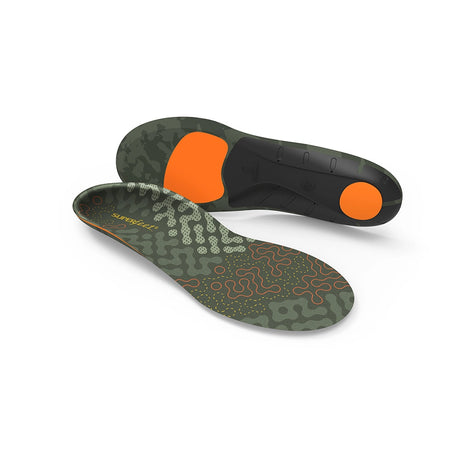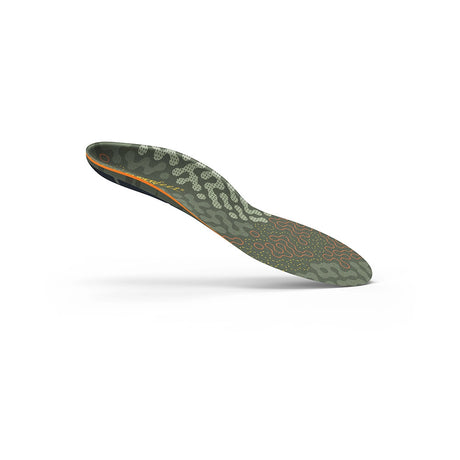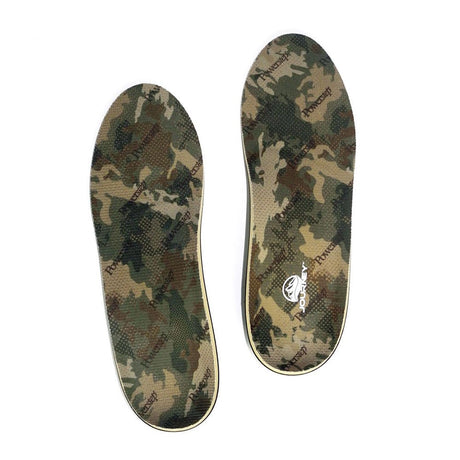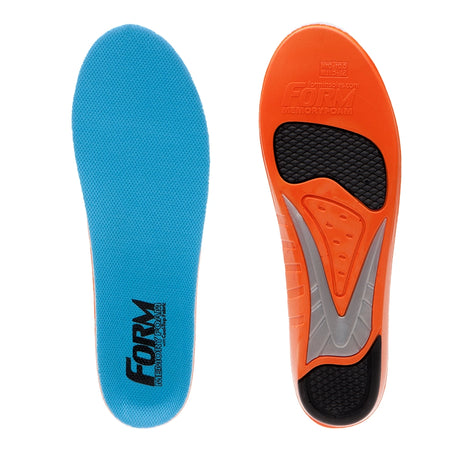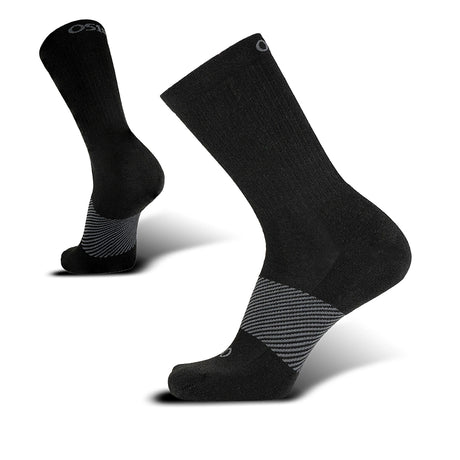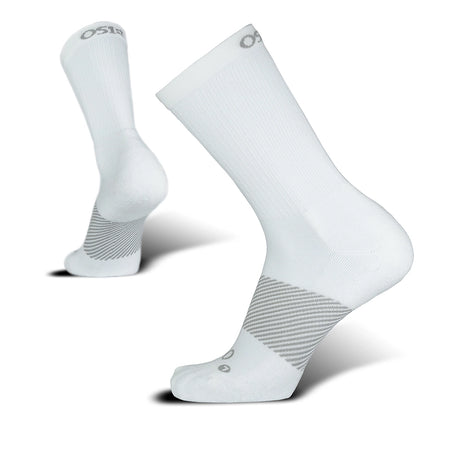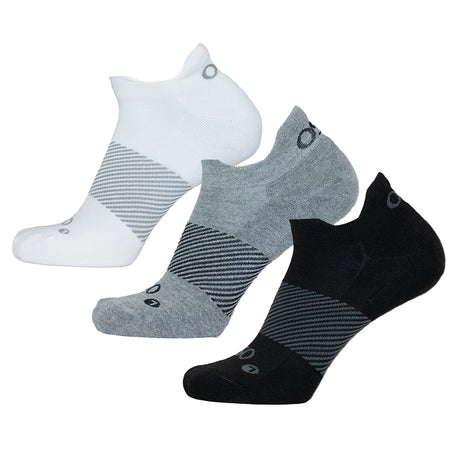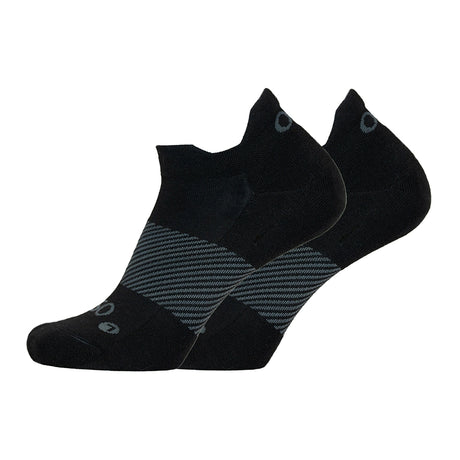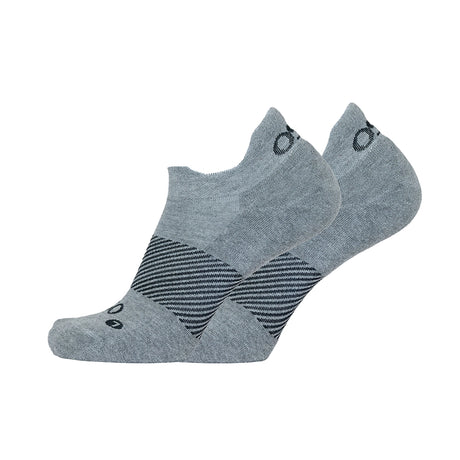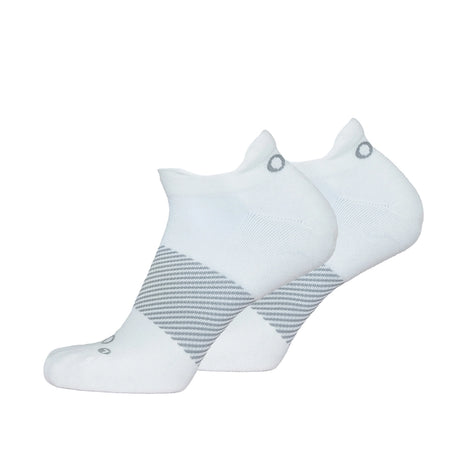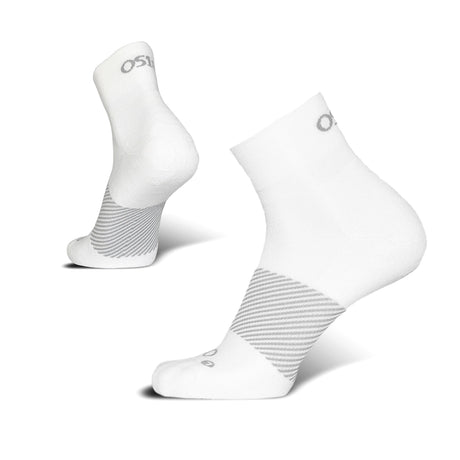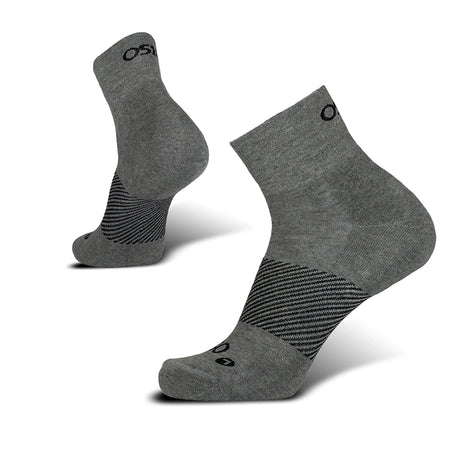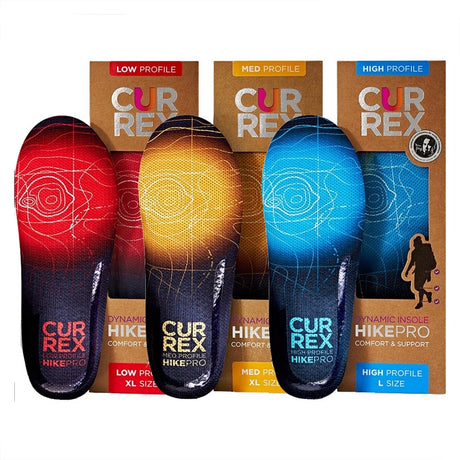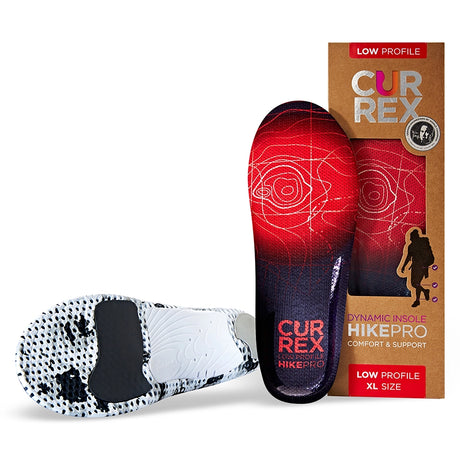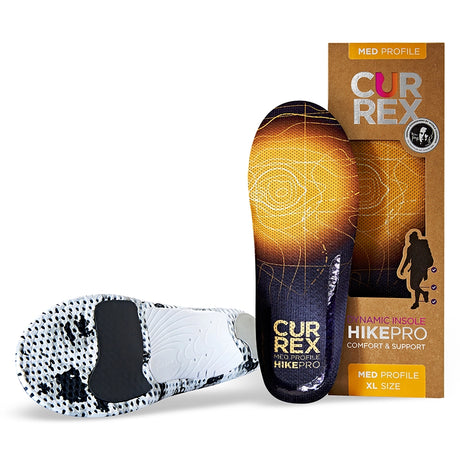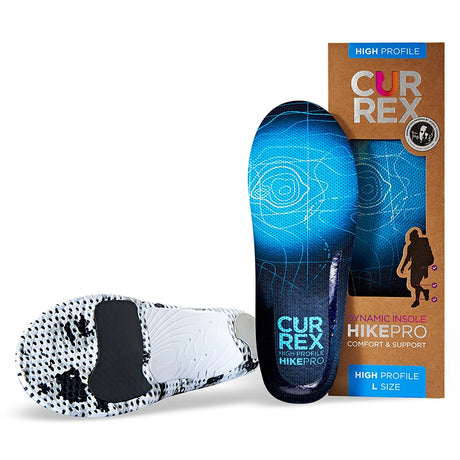Hiking Insoles
You're currently browsing our entire selection of insoles suitable for hiking. Use the product filters below to narrow your selection, or contact us if you have any questions or for a recommendation.
Currently shopping for:
Best for Hiking
Why do you recommend these items?
Why do you recommend these items?
We choose our product recommendations based on a combination of our own usage & opinion of the products, product design & product features, conversations we've had with our customers regarding their product usage & experience, and collective customer product feedback & reviews.
Looking for something different?
Looking for something different?
General recommendations aren't always a one-size-fits-all solution, and we understand that! Our team is more than happy to provide a customized recommendation for you. Simply contact us and give us some information about what you're looking for and we'd be happy to assist!
Hiking is an excellent way to get fresh air and exercise while also exploring the great outdoors, but hiking does tend to put a good amount of strain on the feet that, when unsupported, can lead to unnecessary pain and discomfort.
How does hiking strain the foot?
Hiking most often involves walking across surfaces that are uneven, made up of loose materials, and/or which slope up or down. Compared to just walking on the paved street or sidewalk in your neighborhood, each of these hiking elements adds strain to your foot. Uneven surfaces can make it difficult to maintain good balance and stability and can even cause your ankle and foot to roll excessively inwards/outwards potentially causing injury, whose loose surfaces can unexpectedly slip or slide beneath your feet, reducing traction and control. Sloped surfaces add extra strain on your legs and ankles in particular since your feet tend to maintain an angled profile as you push up a hill or brace against your descent, opening the possibility for calf, Achilles tendon, and heel strain.
What do hiking insoles do?
Hiking insoles are designed with a few core purposes:
- The insoles should provide good overall foot support. Here, the goal is to ensure that your foot remains supported at all times during your hikes in order to reduce foot fatigue and arch injury.
- The insoles should provide good cushioning and shock absorption. Here, the goal is to provide good energy return with each step you take, absorb impact shock to mitigate shin splints and foot fatigue, and reduce the pressure on your feet.
- The insoles should provide good heel support and stability. A stable heel platform, deep heel cup, and firm heel cradle will all help to improve overall foot stability while also preventing heel injury.
- The insoles should be durable. Hiking is a strenuous activity no matter the length or profile of your hikes, and your insoles should be able to withstand this activity level without compromising their ability to keep your foot cushioned and supported.
- The insoles should help provide a good fit in your trail shoes or hiking boots. If your foot slides around in your shoes or boots when hiking, this can lead to blisters and fatigue rather quickly. Hiking insoles tend to be a bit on the thicker side not only to provide extra cushioning but also to improve the fit of your footwear.
What other foot gear should I have when hiking?
- A good pair of hiking shoes or hiking boots. The best hiking footwear will 1) be made from durable materials and able to withstand the usual outdoor conditions in your area, 2) allow your feet to breathe while also ensuring that rain or other water doesn't easily find its way into your shoes, and 3) Have an outsole that will resist midfoot torsion to help prevent ankle sprains.
- A pair of comfortable and supportive socks. Our favorites for hiking are the OS1st Wicked series of socks, which provide excellent all-over foot cushioning, extra midfoot support, and excellent moisture-wicking performance. We also recommend carrying a spare pair just in case your first set become wet or uncomfortable part-way through your hike!
- A boot dryer for after your hike. Whether in warm or cool weather, hiking tends to lead to sweaty feet and thus sweaty socks and shoes. While you can easily toss your socks in the washing machine, maintaining your boots can be harder. A boot dryer will help dry out the inside of your footwear to prevent odors and bacteria, while a deodorizer and disinfectant will help freshen older shoes.
- In cold weather: foot warmers. Your extremities tend to get colder the quickest, and your toes are extra susceptible in cold weather conditions. For winter hikes and similar activities, we recommend a foot warmer to help keep your feet warm (and hand warmers for your hands and fingers, too!)

